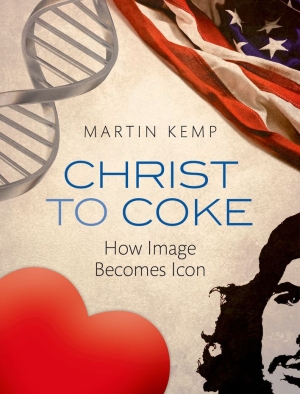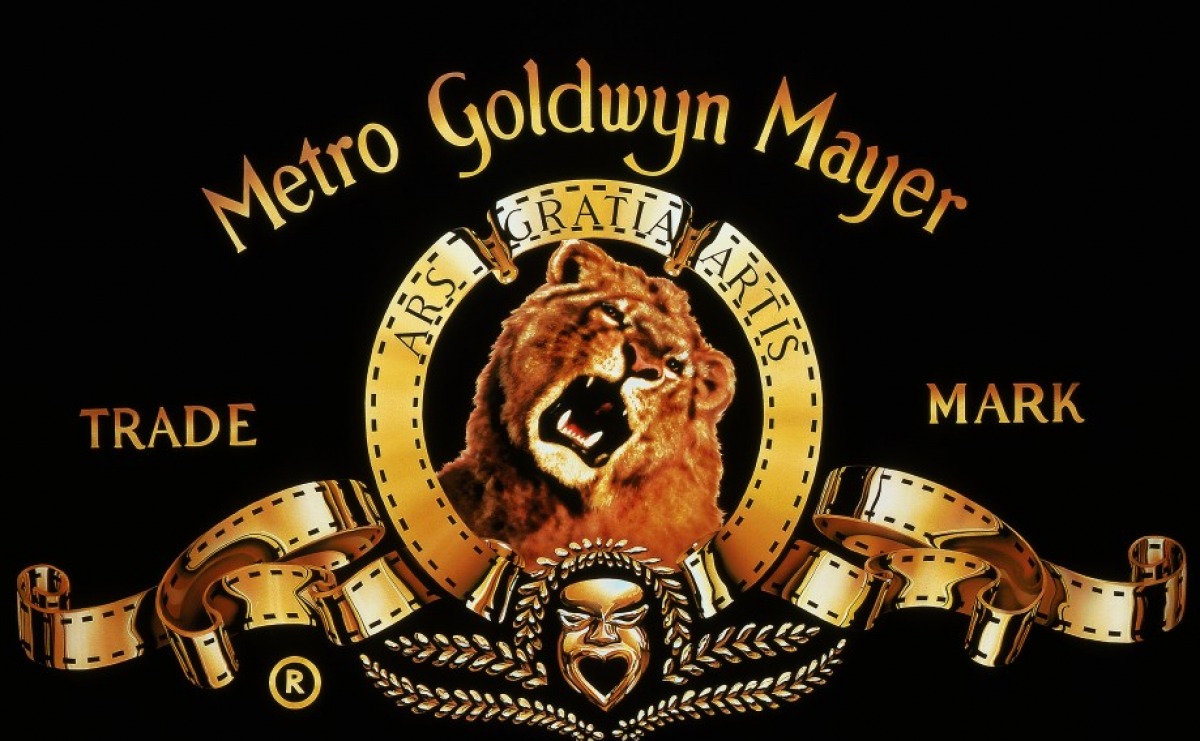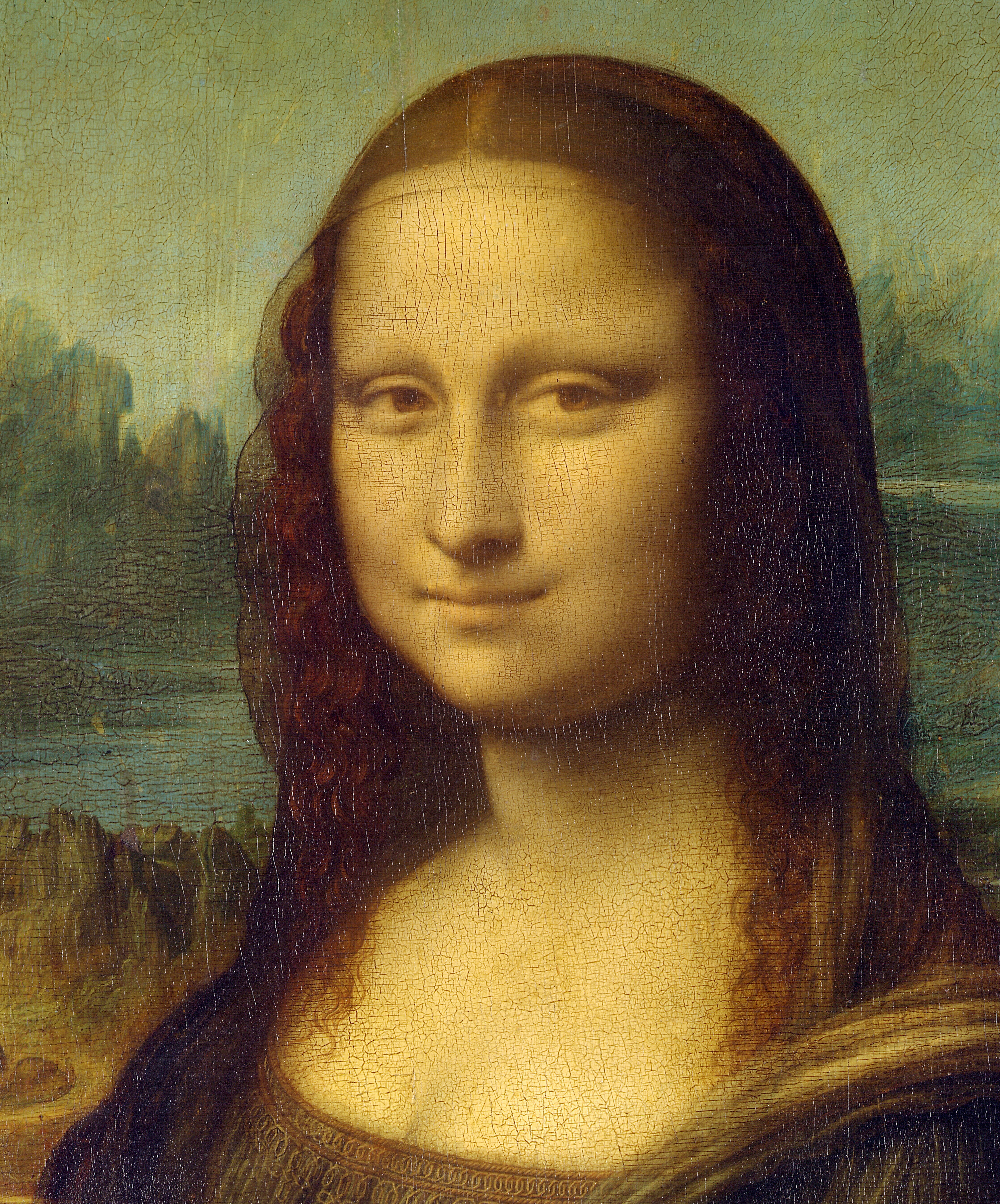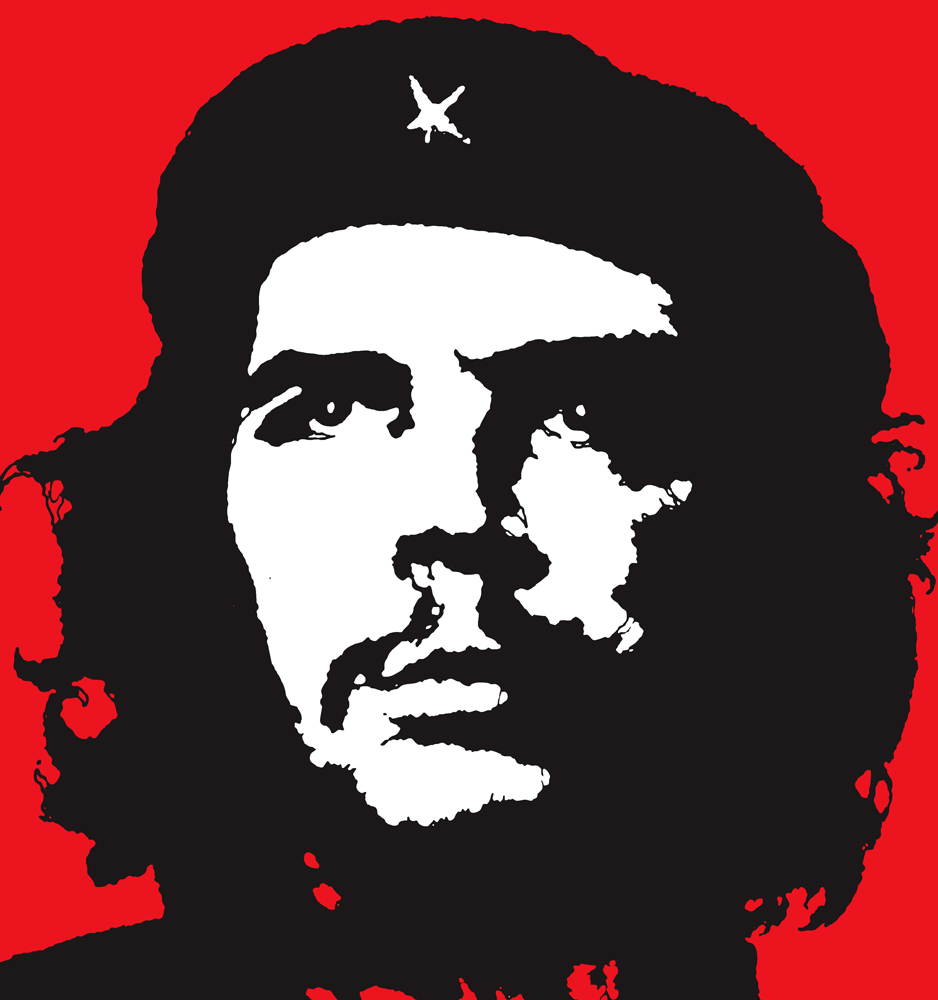Sometimes it's good to attempt a book from a different discipline, especially when its an unfamiliar one. Oxford University Press' Summer Sale is usually when I attempt something like that, and this year it was Martin Kemp's "Christ to Coke". The title sounds like a de-conversion biography of someone leaving Christian faith in favour of drug abuse! However, that isn't even close to what the book is about. The sub-title of the book, "How Image Becomes Icon" explains that this is an examination of images which have gained a social significance quite beyond their original conception and are used to invoke whole world of meaning. In other words, images which have become iconic. The list of images considered begins with the classic image of Jesus Christ - as depicted in Western art; and goes right the way through to the Coke bottle and logo.
Each extensive chapter of this lavishly produced 'coffee-table' style book is a detailed biography of the image in question - tracing its origins, conception development and then its trajectory onto to iconic status, as well as some notes on the effect it has had and the way in which it has been used.
The icons chosen for consideration here begin with those which are most obviously Christian icons. Kemp traces the development of the traditional face of Jesus, as well as the power of that image. His chapter on the cross is as insightful as it is disturbing, as it pictures the cross both as a symbol of hope; but also corrupted a symbol of power by the extreme right, KKK or in its swastika derivative.
Kemp delves deeply into all the subject areas he covers. I'm on 'home ground' with the political, historical and theological stuff, which was easy to read and informative. To be honest though, the scientific material was in places quite beyond me, both in the DNA and Einstein chapters. I suspect that not many readers would be able to range across so many disciplines at that level with ease.
For me, the stand-out chapters were those on Nick Ut's famous picture of Vietnamese children "napalmed and naked" fleeing as the deadly burning jelly had completed its work of stripping their clothes and was beginning to consume their flesh. Using that startling and disturbing (in many ways) image as a springboard to discuss its context, and war photography in general and Vietnam in particular; this is I think the best in the book. The chapter on the iconography of Che, is also interesting - not just in the matter of the strange history of the composition of the image but in terms of the way in which it has been used in ways quite contrary to the man himself.
This book was a splendid bargain. To be honest I wouldn't have paid full price for a volume which is so outside my area as art history and criticism. Nevertheless, despite being a stretch in a few places, it was a revealing and fascinating book. One thing I thought was strange was that the title suggested that there would be a greater emphasis on "how" images became iconographic. What he mostly presents is a collection of biographies of the trajectory of these images, rather than an analysis of causes. In the final chapter he concludes that there really are too few commonalities in the histories to draw general conclusions about what makes an image an icon. Fascinating stuff.








No comments:
Post a Comment